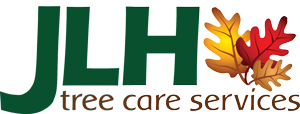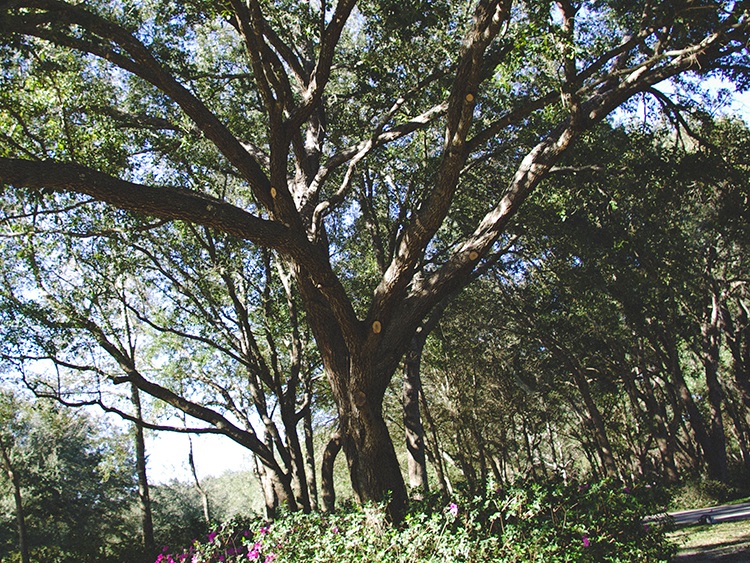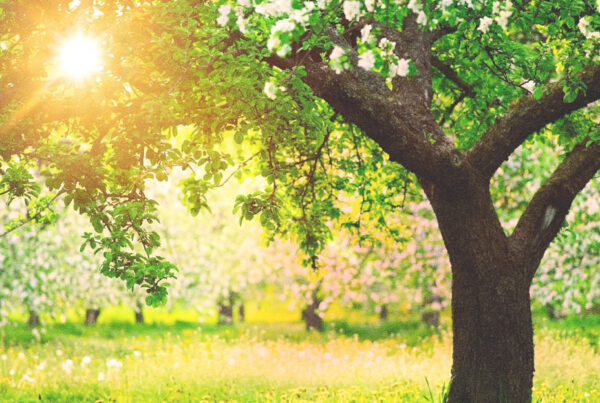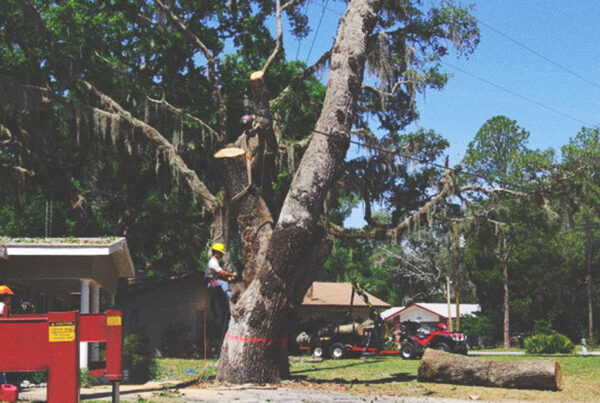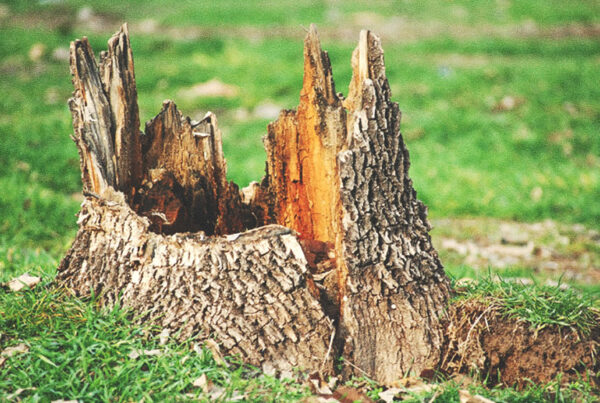JLH Tree Service offers tree trimming & pruning. We have several ISA Certified Arborists, and our entire teams are trained in understanding best management practices for pruning and tree cultivation as well as risk mitigation. They also understand the negative and costly short and long term impacts often created by improper pruning techniques.
Thinking of trimming your own trees?
Here are 4 various techniques you can consider:
- Reduction Pruning reduces the size and length of a tree or stem. Reducing a tree’s height or spread is best accomplished by pruning back the leaders and branch terminals to secondary branches that are large enough to assume the terminal roles (rule of thumb: at least 1/3rd the diameter of the cut stem). Compared to topping, reduction helps maintain the form and structural integrity of the tree. Reduction in a strategic part of the crown can increase growth in another desired portion of the crown by improving sunlight access to to it while decreasing stored starches and photosynthetic capacity of the pruned portion– effectively slowing it’s growth and extension. Compared to thinning, reduction improves branch taper while decreasing wind resistance and maintaining mass damping effect.
- Raising removes the lower branches from a tree to provide clearance for buildings, vehicles, pedestrians, and vistas.
- Reducing density of foliage at the crown periphery, thinning, is sometimes performed to increase wind or light penetration for aesthetic reasons and to promote interior foliage development. Improper or traditional “thinning” which removes interior growth cultivates poor branch taper and poor wind-tolerance.
- Cleaning is the removal of dead, dying, diseased, weakly-attached, and low-vigor branches from the crown of a tree.
You can find more information on pruning your trees using these guides from treesaregood.com.
Otherwise, use the link below to hire the professionals. 😉
